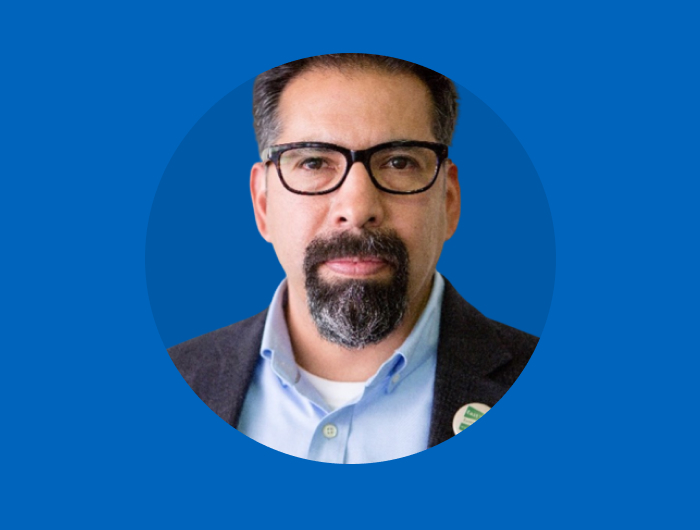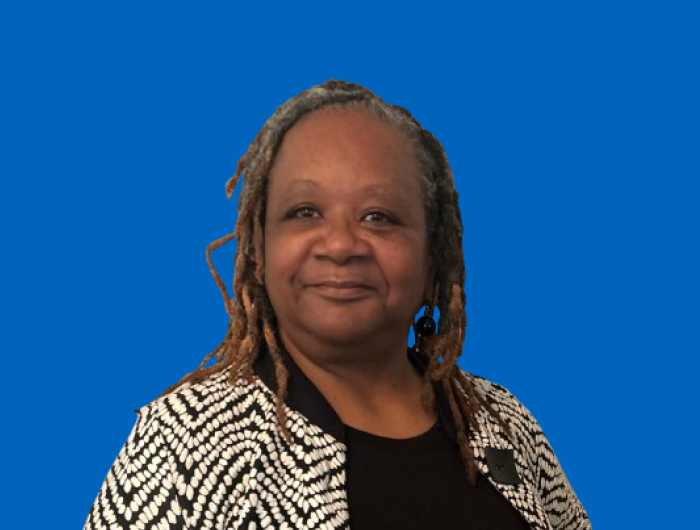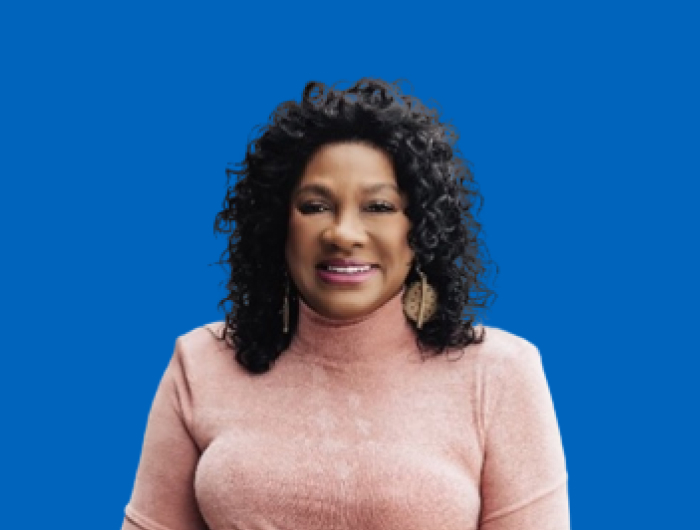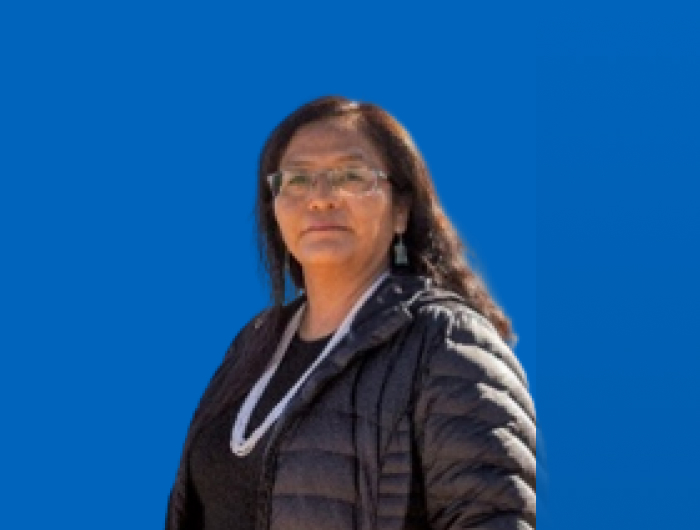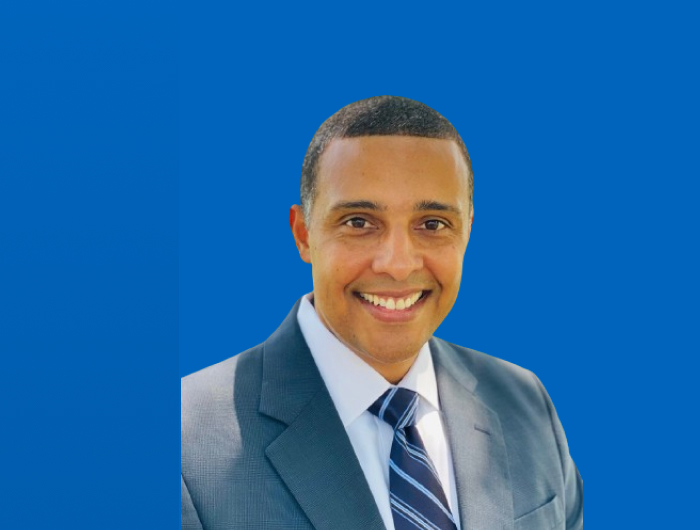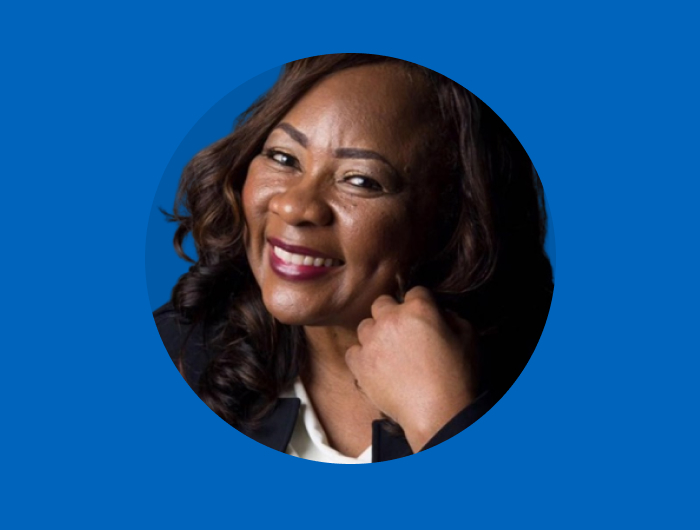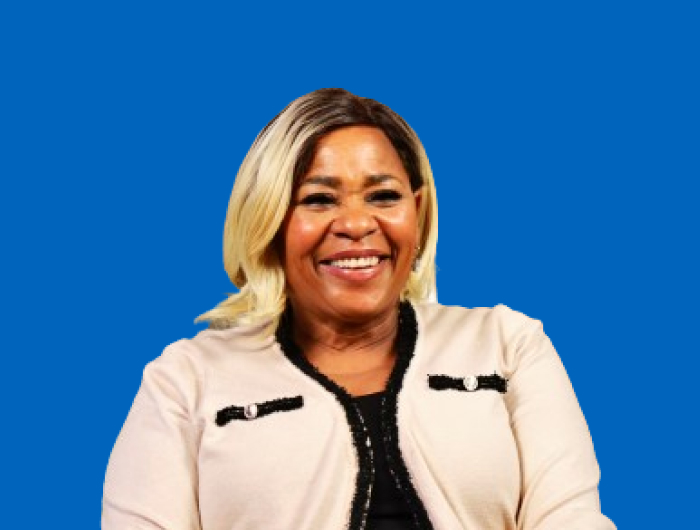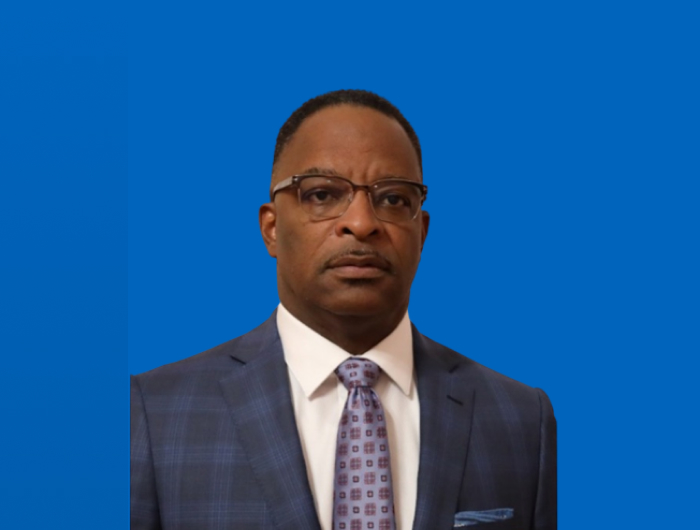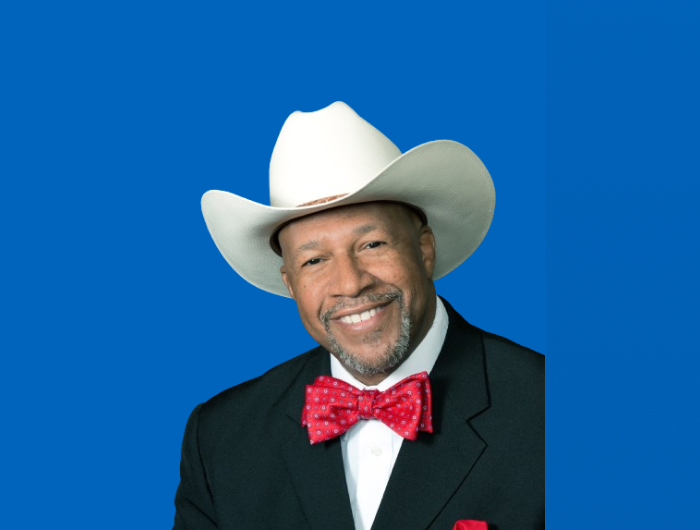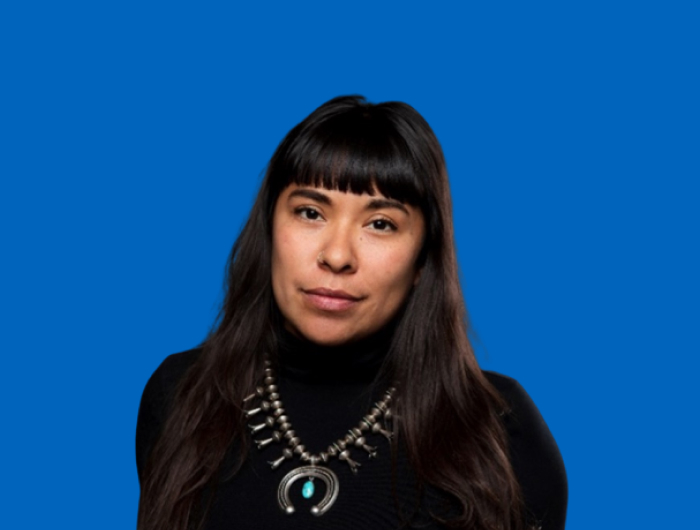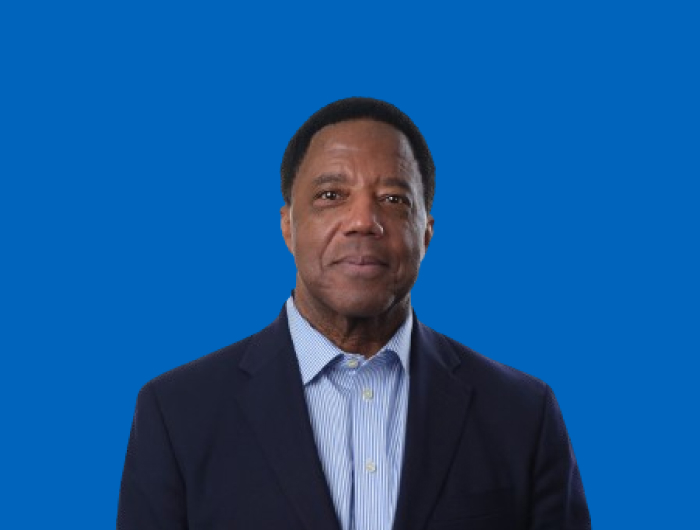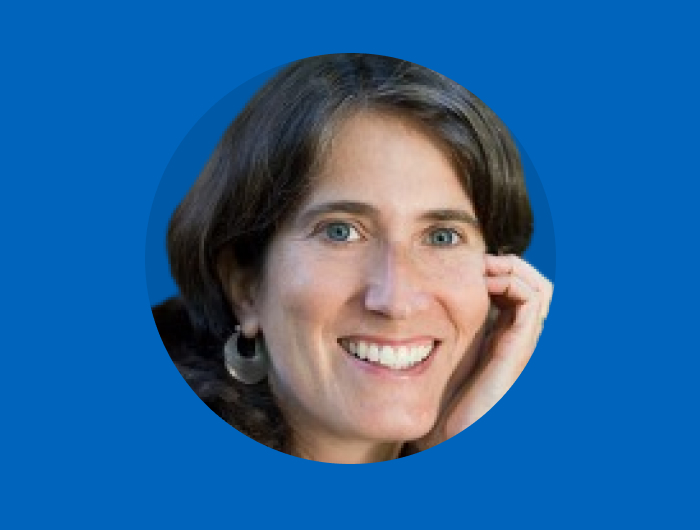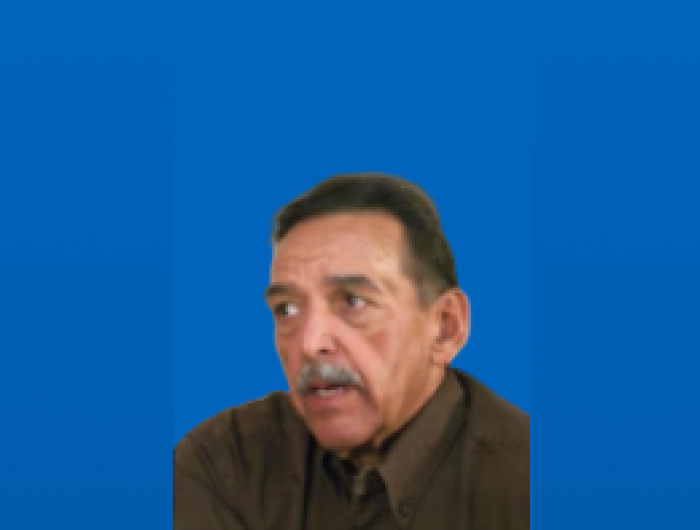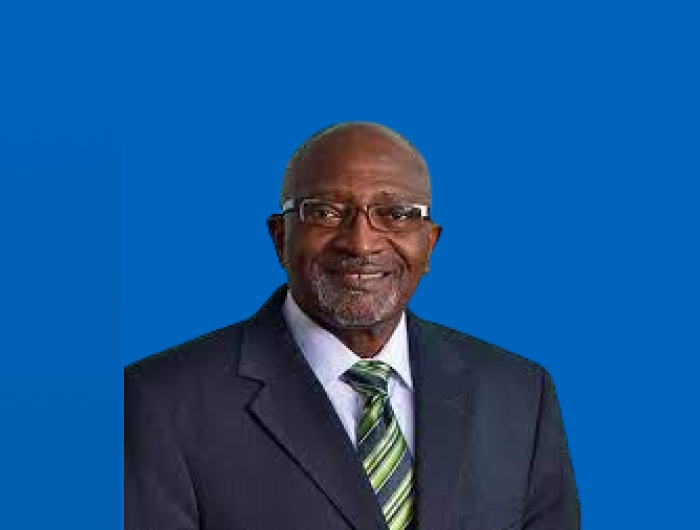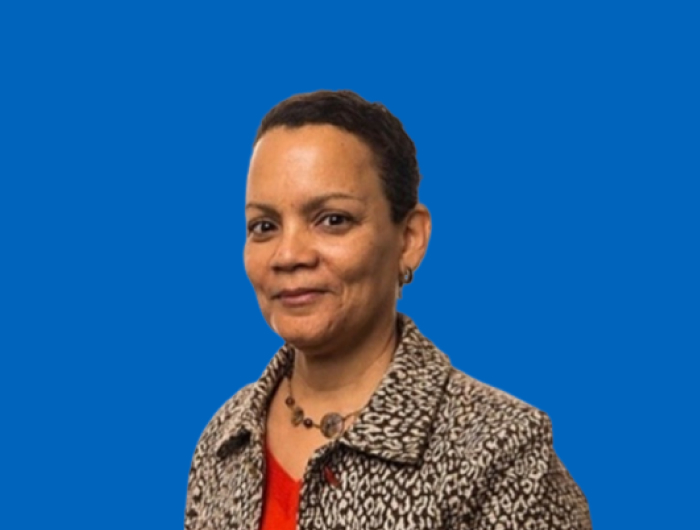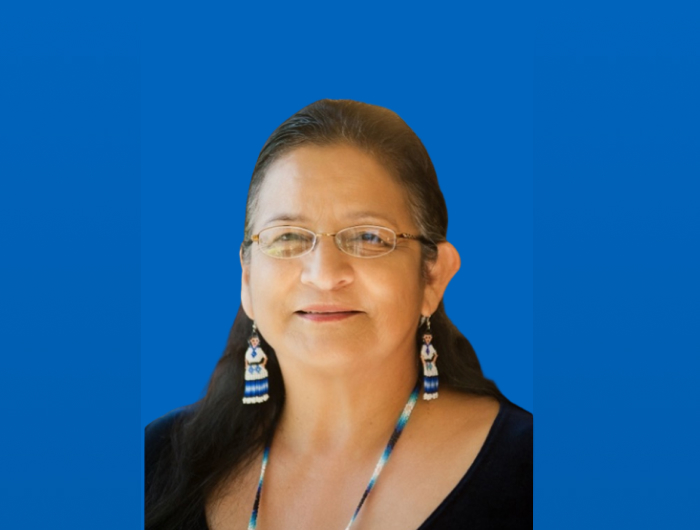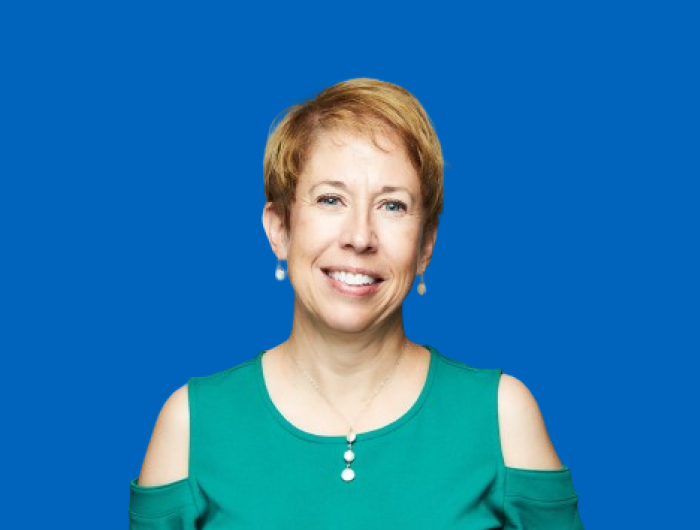White House Environmental Justice Advisory Council
“The President and I are committed to addressing environmental justice and environmental injustice in everything we do. Because we know we cannot achieve health justice, economic justice, racial justice or educational justice without environmental justice. And we are confident that the work you do as members of this Council will help our administration help Americans across our country. We need your insight, your expertise, your lived experience. We need your ideas and your recommendations. Basically, we need you, period.”
Remarks by Vice-President Kamala Harris at the inaugural meeting of the White House Environmental Justice Advisory Council on March 30, 2021
Members of the White House Environmental Justice Advisory Council
About the White House Environmental Justice Advisory Council
Why was the WHEJAC created? Executive Order 14008 created the first-ever White House Environmental Justice Advisory Council (WHEJAC) because President Biden and Vice President Harris are committed to ensuring that the voices, perspectives, and lived realities of communities with environmental justice concerns are heard in the White House and reflected in Federal policies, investments, and decisions.
What is the mission of the WHEJAC? As set forth in Executive Order 14008, the WHEJAC is a Federal advisory committee that is charged with providing independent advice and recommendations on how to address current and historic environmental injustice to the White House Environmental Justice Interagency Council (IAC) and the Chair of the White House Council on Environmental Quality (CEQ). The establishment of the WHEJAC marks the first time that a Presidential advisory body has been tasked with providing recommendations on environmental justice. The IAC and CEQ value receiving WHEJAC recommendations and advice, which are critical to advancing the Biden-Harris Administration’s ambitious environmental justice agenda. Official responses to the WHEJAC’s recommendations, which have been submitted to Congress, are available on EPA’s WHEJAC website.
Executive Order 14096 further directs that the WHEJAC and the IAC hold at least one joint public meeting per year.
Who serves on the WHEJAC? As set forth in Executive Order 14008, members of the WHEJAC are appointed by the President, selected from across a wide range of backgrounds, and have knowledge about or experience in environmental justice, climate change, disaster preparedness, or racial inequity, among other areas of expertise. The WHEJAC currently has 36 members.
Is the WHEJAC different from the NEJAC? Yes. President Biden created the WHEJAC to bring greater visibility to environmental justice issues across the Federal Government. The National Environmental Justice Advisory Council (NEJAC) was established in 1993 as a Federal advisory committee to the Environmental Protection Agency (EPA). Although both bodies are formally a part of EPA, and EPA administers both bodies, the NEJAC provides independent advice and recommendations to the EPA Administrator, while the WHEJAC advises the IAC and CEQ. Each Federal Advisory Council provides horizon-expanding environmental justice expertise and recommendations to the Federal officials it advises.
Where can I learn more about the important work of the WHEJAC? Please visit the WHEJAC official website, which is maintained by the EPA. As set forth by executive order, the EPA provides funding and administrative support to the WHEJAC. The website has information about the WHEJAC’s charter, meetings, recommendations, membership, and other key information. To reach the WHEJAC, contact EPA’s Designated Federal Officer for the WHEJAC by email at whejac@epa.gov.
“Since its creation, the WHEJAC has provided invaluable advice and recommendations to help the Biden-Harris Administration make significant, lasting on-the-ground change for communities across the country. There is a lot of critically important work happening at CEQ and across the Federal Government to advance environmental justice, and as I’ve said time and again, we cannot do this work alone.”
CEQ Chair Brenda Mallory

